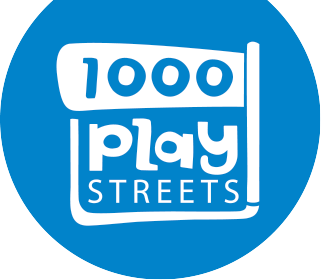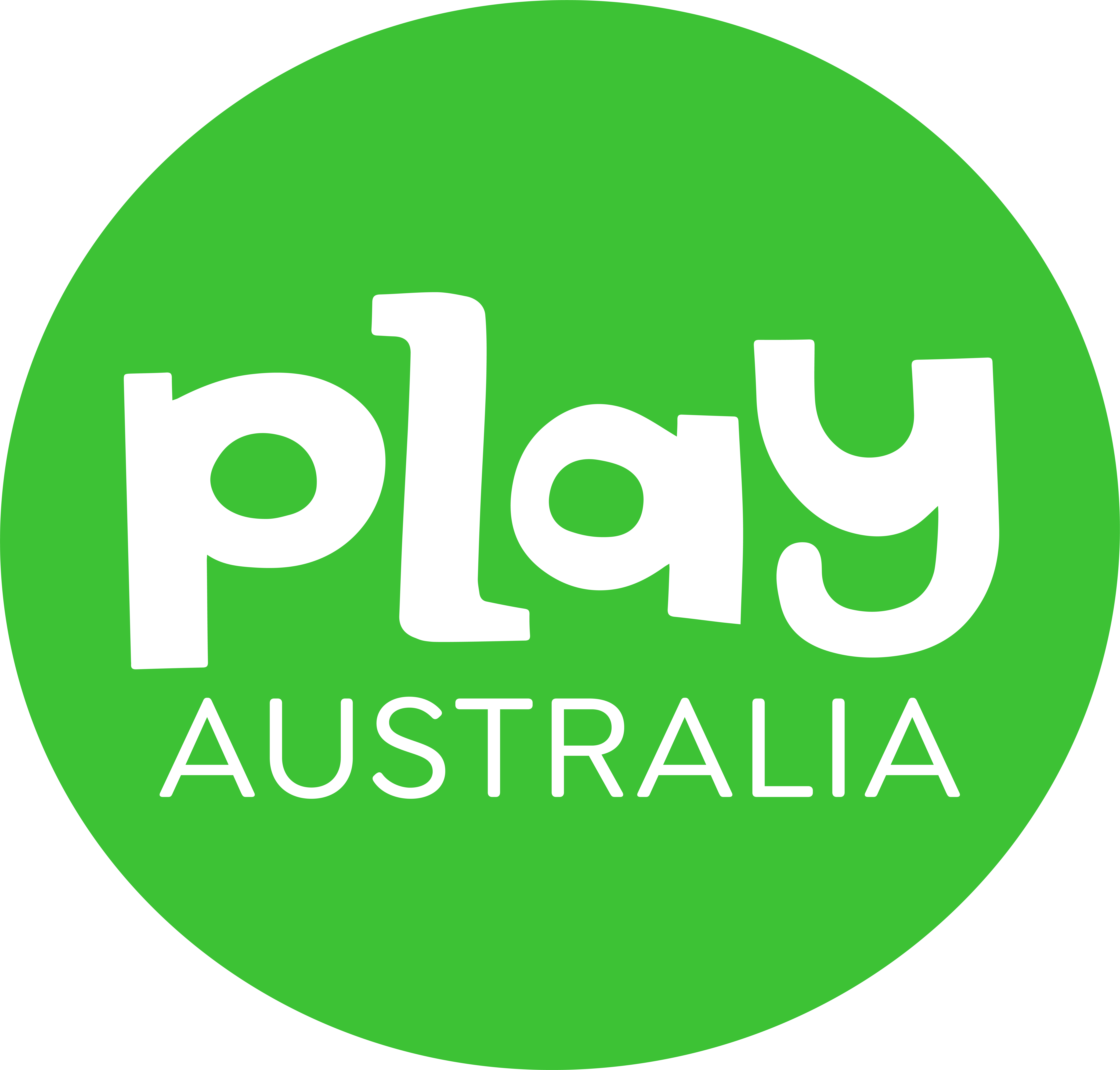The way Australians used to play is changing, and not for the better, with 73% of adults saying they played on the street when they were young compared to only 24% of their kids (Planet Ark 2011).
Australians also have a big problem with their physical health with 1 in 4 children (2-17 years) and 2 in 3 adults being overweight or obese (AIHW, 2019).
And unfortunately, our communities are disconnected and our mental wellbeing is suffering with 1 in 3 people having no neighbours they see or hear from monthly, and nearly 1 in 2 people having no neighbours they can call for help (APS, 2018).
Play Australia is seeking to turn this tide by leading the 1000 Play Streets movement, recognising that in days gone by, children played on residential streets regularly which contributed to more active lifestyles and better relationships with neighbours.
This is WHY the movement is so important – to improve the health and wellbeing of Australian children and communities.

